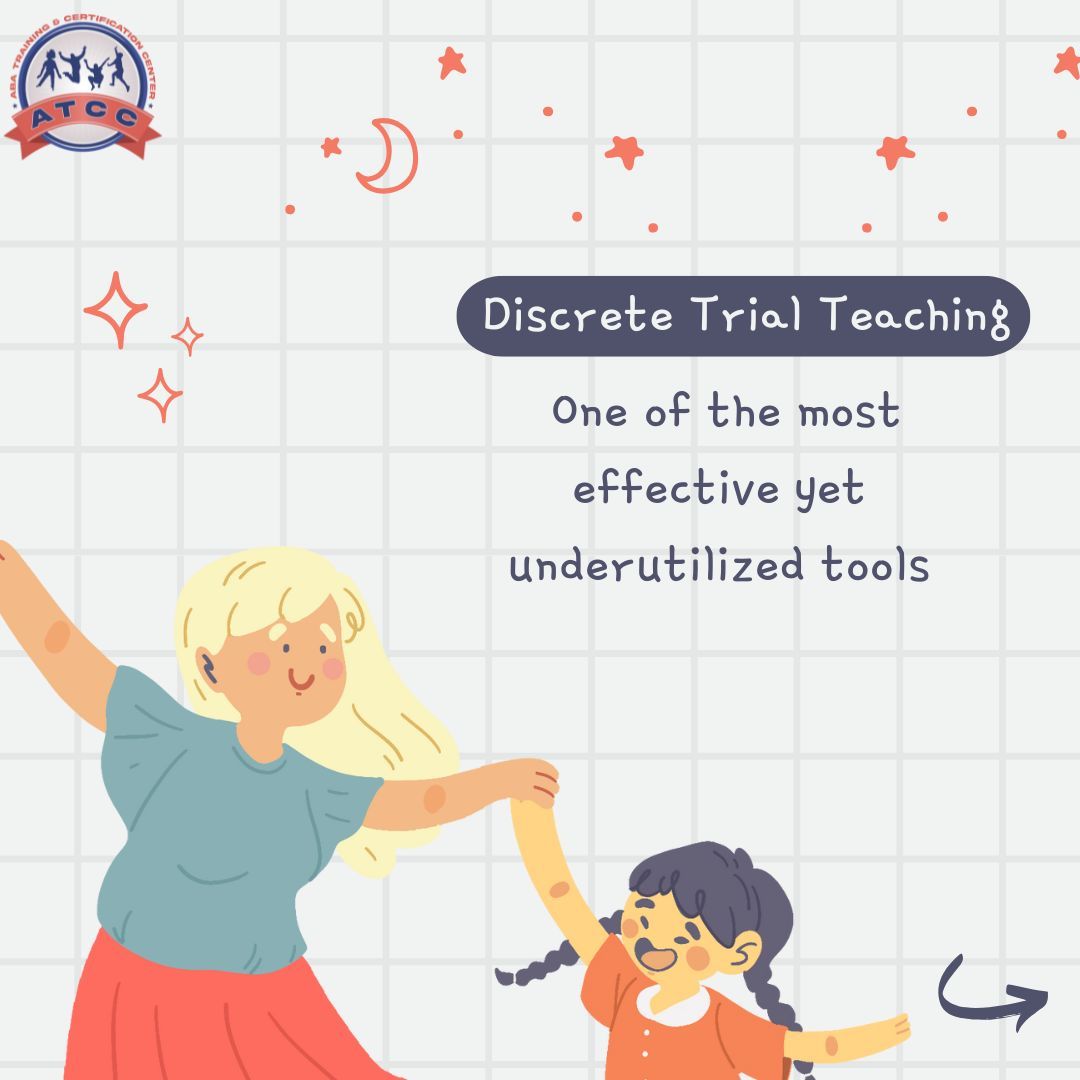In the world of special education and Applied Behavior Analysis (ABA), there are countless teaching methods aimed at helping children with autism and other developmental disabilities learn new skills. But one strategy stands out as one of the most effective yet underutilized tools—Discrete Trial Teaching (DTT).
DTT is a structured, evidence-based teaching approach, that has transformed learning for countless individuals. But what makes it so powerful? And how can educators, therapists, and parents use it effectively?
Let’s dive into what DTT is, why it works, and how you can maximize its potential.
What Is DTT, and Why Is It So Effective?

Discrete Trial Teaching (DTT) is a structured teaching strategy that breaks down complex skills into small, manageable steps. Each step is taught systematically, using repetition, reinforcement, and prompting to guide learners toward mastery.
This method is highly effective because it eliminates distractions, provides clear expectations, and ensures the client gets multiple opportunities to practice and succeed.
Each DTT trial follows a three-step process:
The key to success in DTT is consistency and reinforcement, making learning more structured, engaging, and effective.
This method is highly effective because it eliminates distractions, provides clear expectations, and ensures the client gets multiple opportunities to practice and succeed.
Each DTT trial follows a three-step process:
- Instruction – The teacher provides a clear, concise directive. (e.g., “Touch your nose.”)
- Response – The learner attempts to respond.
- Consequence – If the response is correct, reinforcement (praise, token, or reward) is given. If incorrect, gentle guidance or prompting is provided.
The key to success in DTT is consistency and reinforcement, making learning more structured, engaging, and effective.
The Role of Prompting in DTT

One of the most powerful elements of DTT is prompting—a technique that helps learners achieve success by providing assistance when needed. Prompts act as temporary support to guide learners toward the correct response, preventing frustration and increasing confidence.
- Physical Prompting - Full physical prompting involves the instructor physically guiding the learner to complete the task, ensuring they perform the correct action (e.g., taking their hand and helping them clap). Partial physical prompting provides some assistance while allowing the learner to attempt part of the task independently (e.g., tapping their elbow to remind them to raise their hand).
- Verbal Prompting - A direct verbal prompt gives the learner the exact answer or instruction needed to respond correctly (e.g., saying, “Say ‘hello’”). A partial verbal prompt provides only a hint or cue to encourage the learner to complete the response independently (e.g., saying, “H…” to prompt the word “hello”).
- Visual Prompting - This type of prompting involves using pictures, symbols, or written instructions to support the learner’s understanding of a task (e.g., a visual schedule showing the steps to wash hands). Visual prompts help learners process information independently and reduce reliance on verbal instruction.
- Modeling - In modeling, the teacher demonstrates the desired behavior first, allowing the learner to observe and then attempt it themselves (e.g., showing how to tie a shoe before asking the child to do it). This approach helps learners understand expectations and imitate appropriate actions.
- Gestural Prompting - Gestural prompting involves using nonverbal cues such as pointing, nodding, or making hand gestures to guide the learner toward the correct response (e.g., pointing to a picture of a dog when asking, “Which one is the dog?”). These prompts are subtle yet effective in directing attention without overwhelming the learner.
- Positional Prompting - This technique involves strategically placing the correct answer closer to the learner to encourage them to choose it (e.g., positioning the correct flashcard slightly ahead of the others). Positional prompts provide a simple but effective way to guide responses while minimizing verbal and physical cues.
How to Use DTT Effectively
DTT is not just a strategy; it’s a powerful tool that unlocks learning potential. Whether used in a classroom, therapy session, or at home, its structured approach, combined with effective prompting, ensures that learners build essential skills step by step. By understanding and leveraging the power of DTT, educators, parents, and therapists can create meaningful learning experiences that lead to lasting success. So, are you ready to unleash the full power of DTT?
Guaranteed Security using one of the most advanced encrypted systems on the market.
The information in this page is being processed and encrypted securely using industry-leading encryption and fraud prevention tools.
